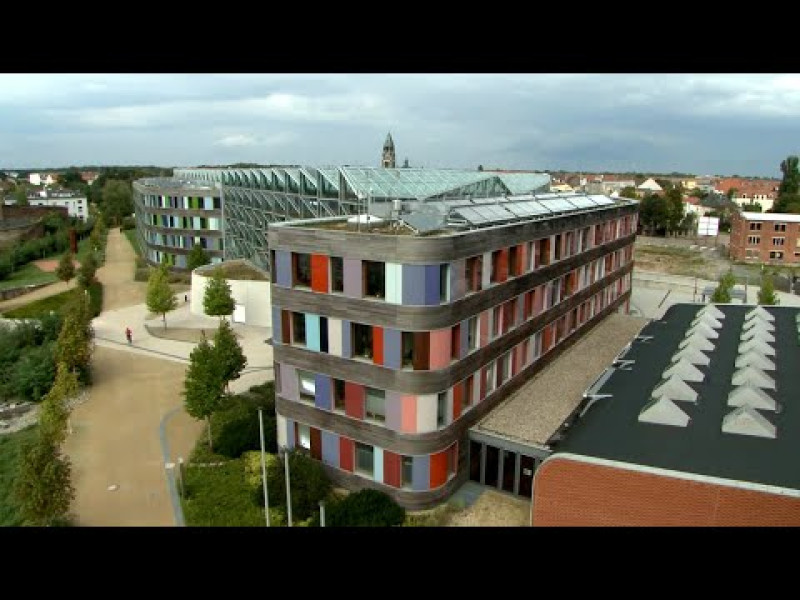Respondents not only have high environmental policy expectations of the state but of the economy, too. More efforts to protect environment and climate, said roughly 90 percent of respondents, could be made by industry and energy suppliers through adoption of more ecological methods of production. Another 85 percent believe that the automotive industry could do its bit by developing environmentally friendly vehicles.
The majority of those polled also see ways they themselves can do something for the environment. About 58-68 percent of respondents believe the general population can do its bit by adopting ecological consumption behaviour or travelling less by car and air.Many citizens display environmental awareness in their consumption: two-thirds report that they seek out products that pollute the environment as little as possible. More than half boycott products made by companies that have a poor environmental record. However, declared environmental awareness does not yet translate into widespread action. So far, only eight percent of the German population has switched to green electricity.
The Environmental Awareness Study 2010 again applied the Sinus-Milieus tool developed by the Sinus Institute, revealing some considerable milieu-specific differences between environmental awareness and behaviour. The socio-ecological milieu has a pronounced and relatively consistent environmental conscience. The socially disadvantaged, and sometimes the more conservative-minded milieus, also tend to clearly perceive the need and opportunities extended by environmental and climate protection, but are more reserved in their demands of environmental policy and willingness to take action. The numbers of respondents who see great stakeholder environmental protection potential tend to be fewer in lower income brackets.
The potential for cultural innovations in society are also perceived differently depending on milieu: one in every four car drivers, for example, is open to car-sharing, appealing especially to the younger and well-educated, women, and western Germans. Half of the population would welcome the opportunity to make everyday appliances such as household electric devices, garden tools, and DIY remodelling equipment available for hire in their neighbourhood. The well-educated and individuals with high incomes are more represented in this regard.
There are similar social differences with respect to the numbers of people involved in conservation or protection activities, a figure which itself has more than doubled in recent years, from four percent in 2008 to nine percent in the latest survey. The members of environmental and conservation associations are often well-educated and dispose of a high net household income.

